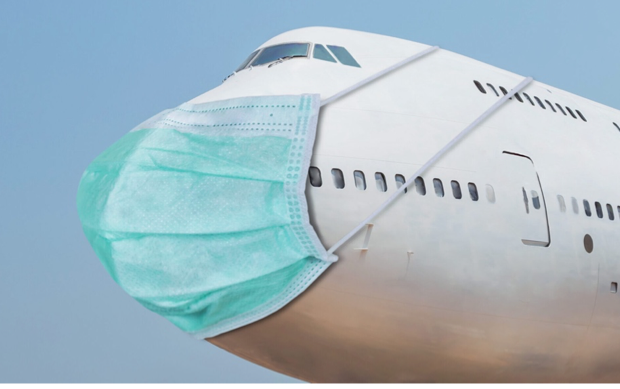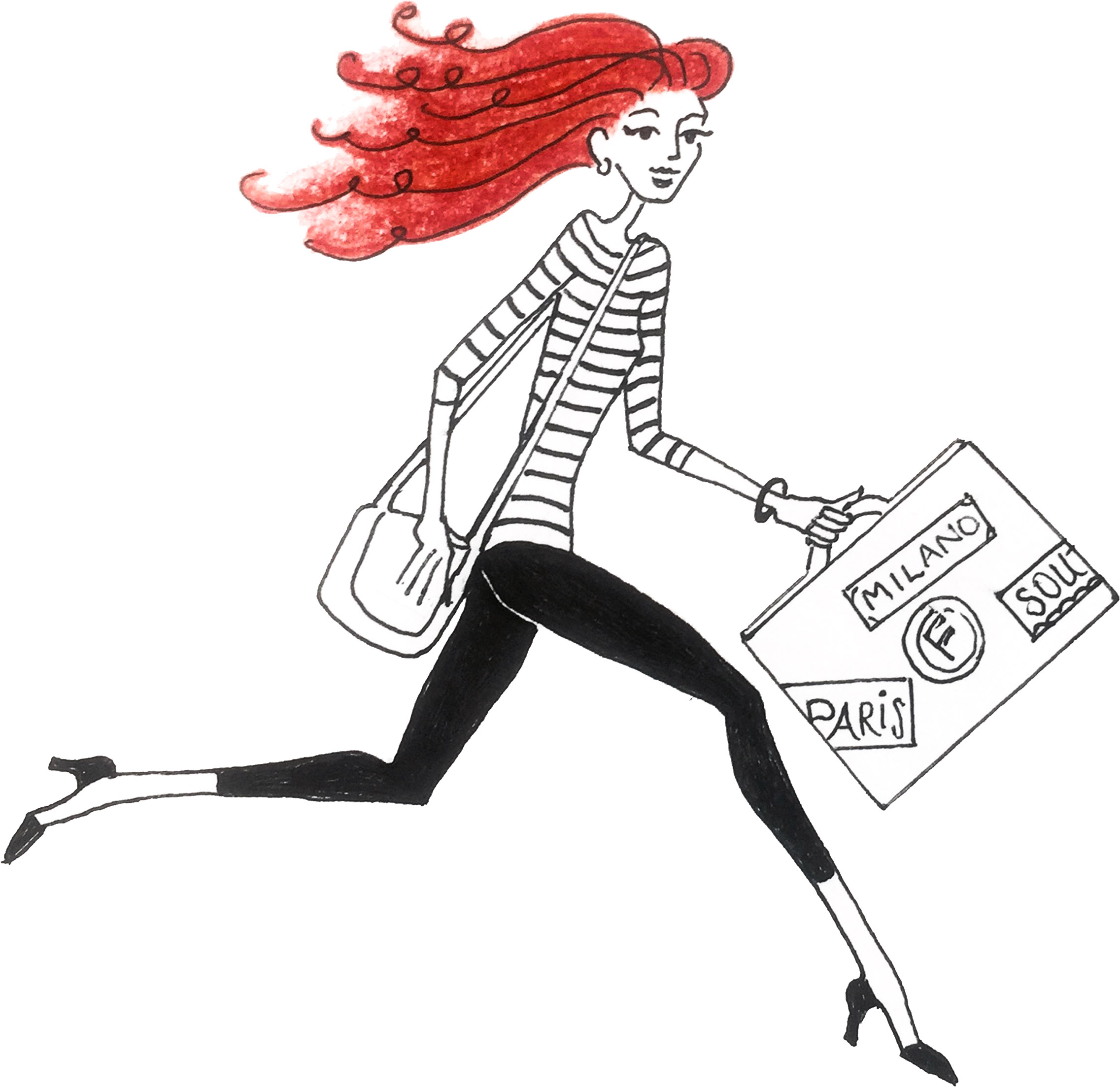All major U.S. airlines require face masks for travelers two and older, but the fine print isn’t always the same.

Federal law requires all U.S. airline passengers to wear a face mask in airports and on board. Major U.S. airlines mandate that face masks be worn by travelers two and older, though passengers are allowed to lower their coverings while eating or drinking on board.
Although there are some consistencies across the airlines’ face mask policies, the details aren’t always the same. Here’s what you need to know about every major U.S. airline’s face mask rules:
Alaska Airlines
Alaska Airlines requires passengers to wear a face mask without direct exhaust valves. Disposable medical masks and cloth masks are acceptable.
Allegiant Air
Unlike Delta and Southwest, Allegiant does not accept gaiters. Face masks must be made of a solid material, fully cover the nose and mouth, and have no exhalation valves.
American Airlines
American Airlines requires all passengers to wear a face mask without vents or exhalation valves on board. Gaiters, scarves, and bandanas are not considered acceptable face coverings.
Delta Airlines
Delta requires all passengers to wear a disposable or cloth face mask without valves, slits, or holes. Like United, Delta prohibits the use of bandanas or scarves in place of face masks, but it does permit passengers to wear gaiters with at least two layers.
Frontier Airlines
Frontier Airlines requires passengers to wear a face mask that fits snugly over their mouth and nose and is secured under their chin. The airline does not allow triangle bandanas or face masks with valves or vents.
Hawaiian Airlines
Hawaiian Airlines requires that masks cover both the nose and mouth. The airline accepts gaiters and cloth masks with at least two layers of fabric as long as they don’t have valves or vents. Hawaiian specifically prohibits scarves and bandanas.
JetBlue
JetBlue requires passengers to wear a face mask without exhalation valves or vents on board. The airline also prohibits the use of personal face/body tents or pods, personal air purifiers/refreshers or ozone generators, and masks connected to tubing or battery-operated filters.
Southwest Airlines
Southwest Airlines allows passengers to wear a disposable mask or cloth face covering with at least two layers of tightly woven breathable fabric. It accepts gaiters as long as they have at least two layers of fabric, cover the nose and mouth, and are secured under the chin.
Spirit Airlines
Like Frontier, Spirit Airlines does not allow passengers on board with triangular bandanas or face masks with valves or vents. Passengers opting to wear a face shield must also don a face mask that fully covers their nose and mouth.
United Airlines
United requires passengers to wear a face mask without vents or openings. Bandanas don’t count, and any passenger wearing a face shield must also wear an acceptable face mask, too.
Note: Bear in mind foreign carriers may have more stringent requirements. For example, Lufthansa prohibits cloth masks, instead requiring all passengers to wear a medical grade—FFP2, KN95, or N95—standard or surgical mask.
Twist’s Take: Be mindful of the fine print in your airline’s mask policy.
